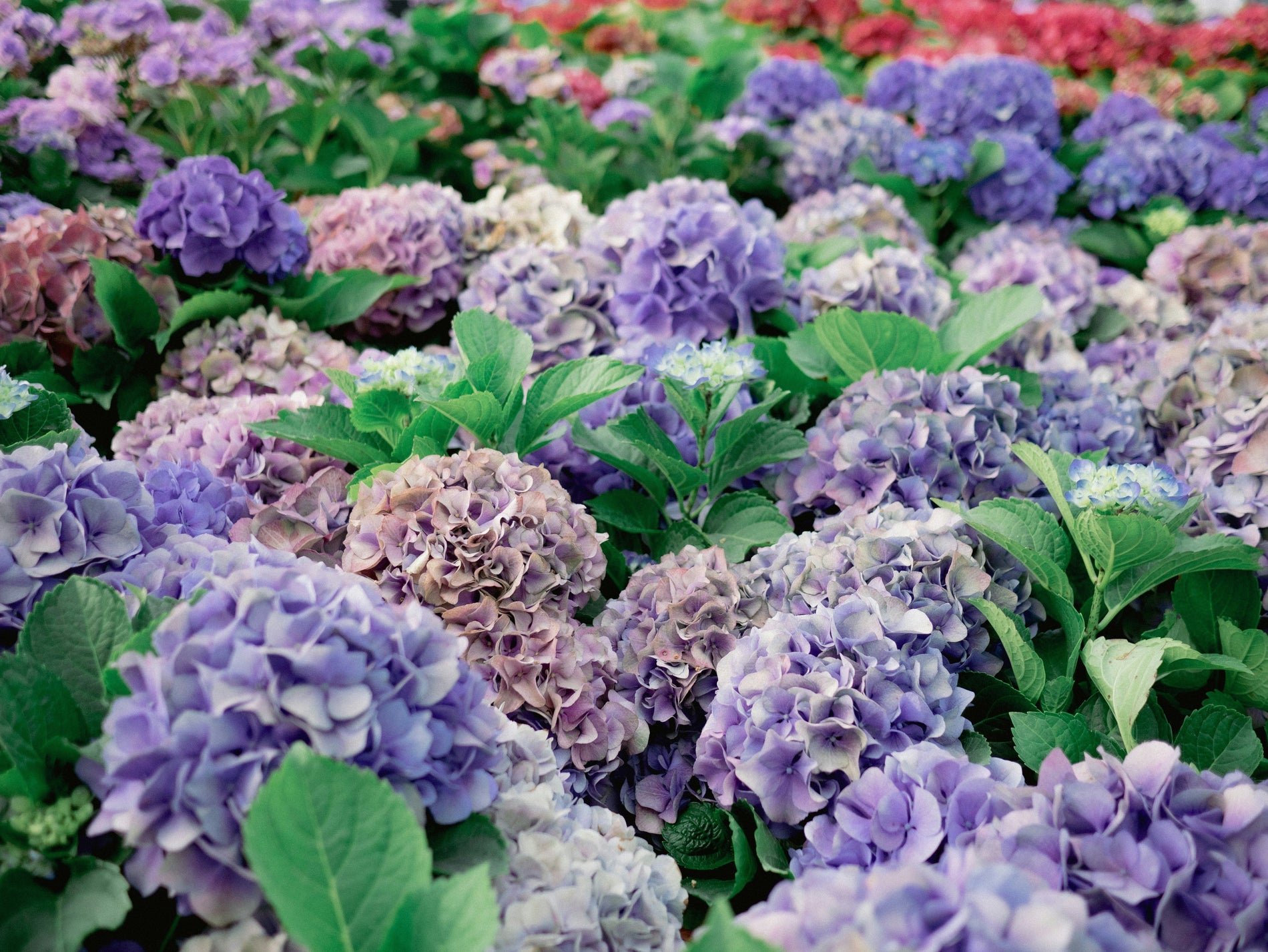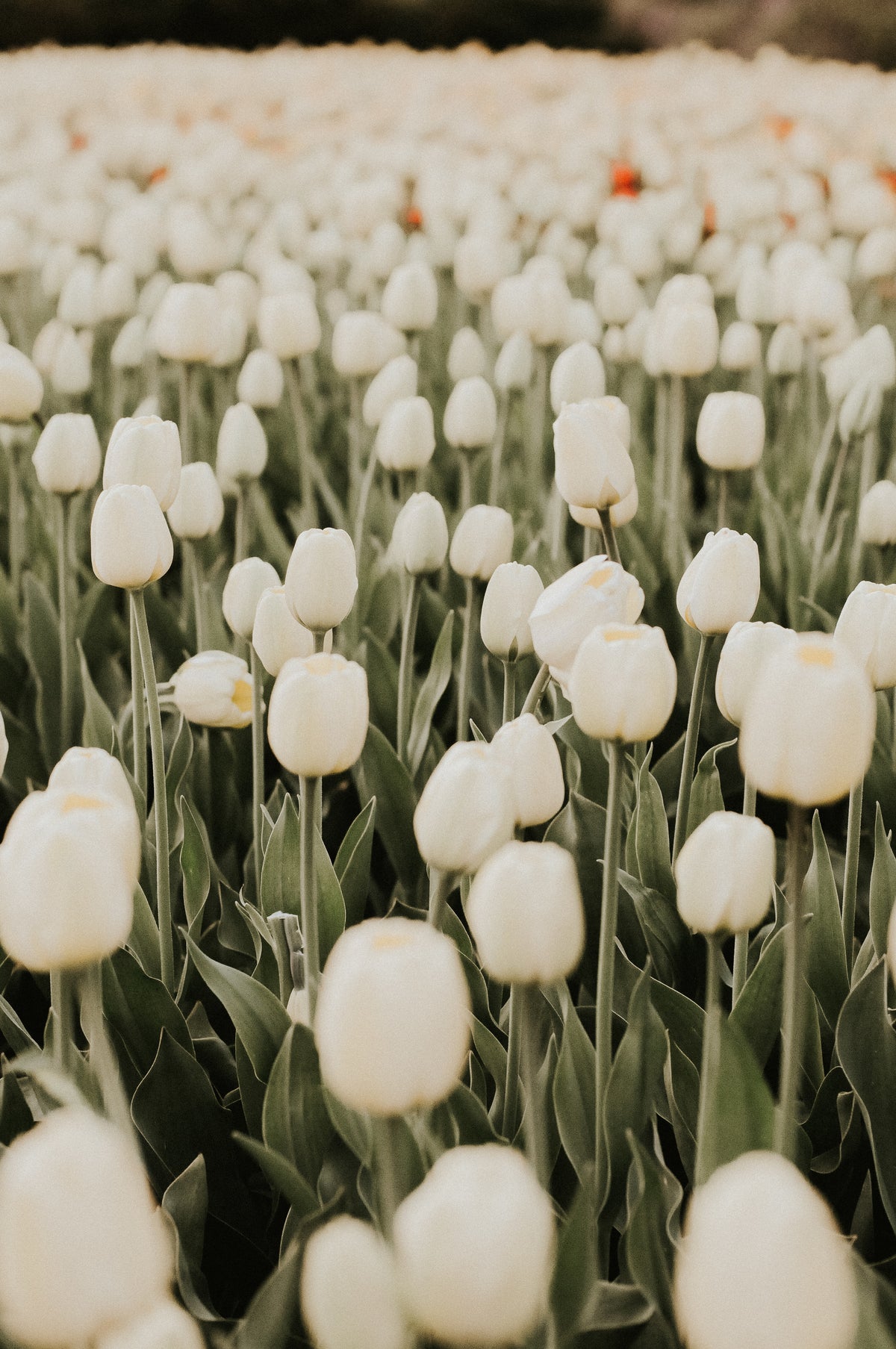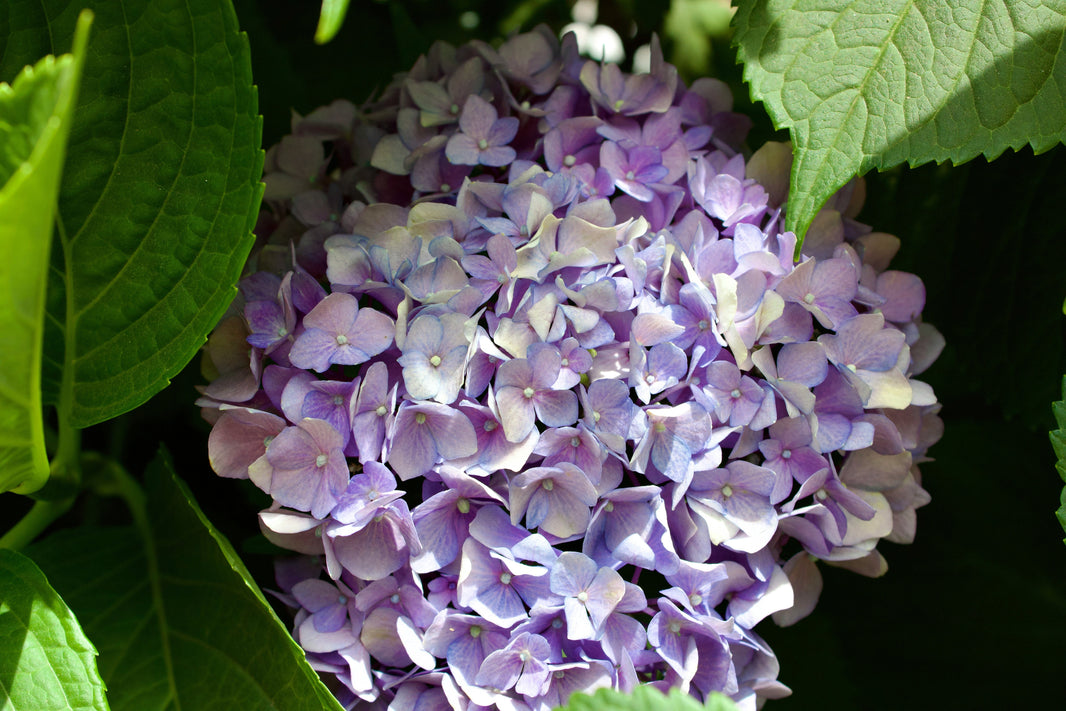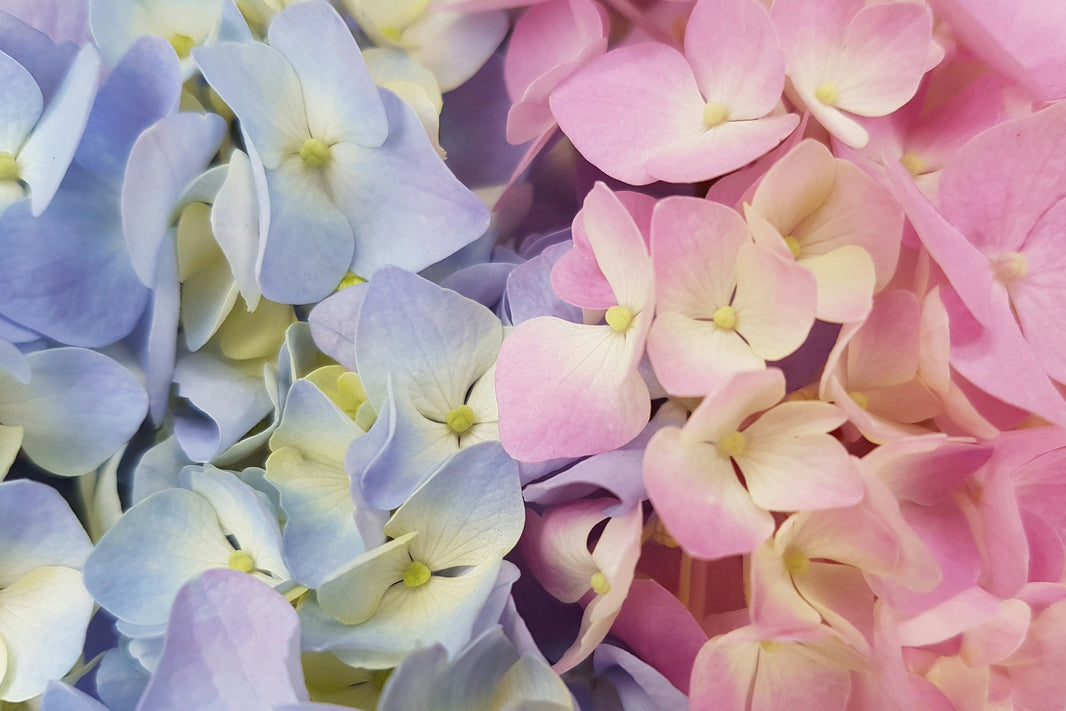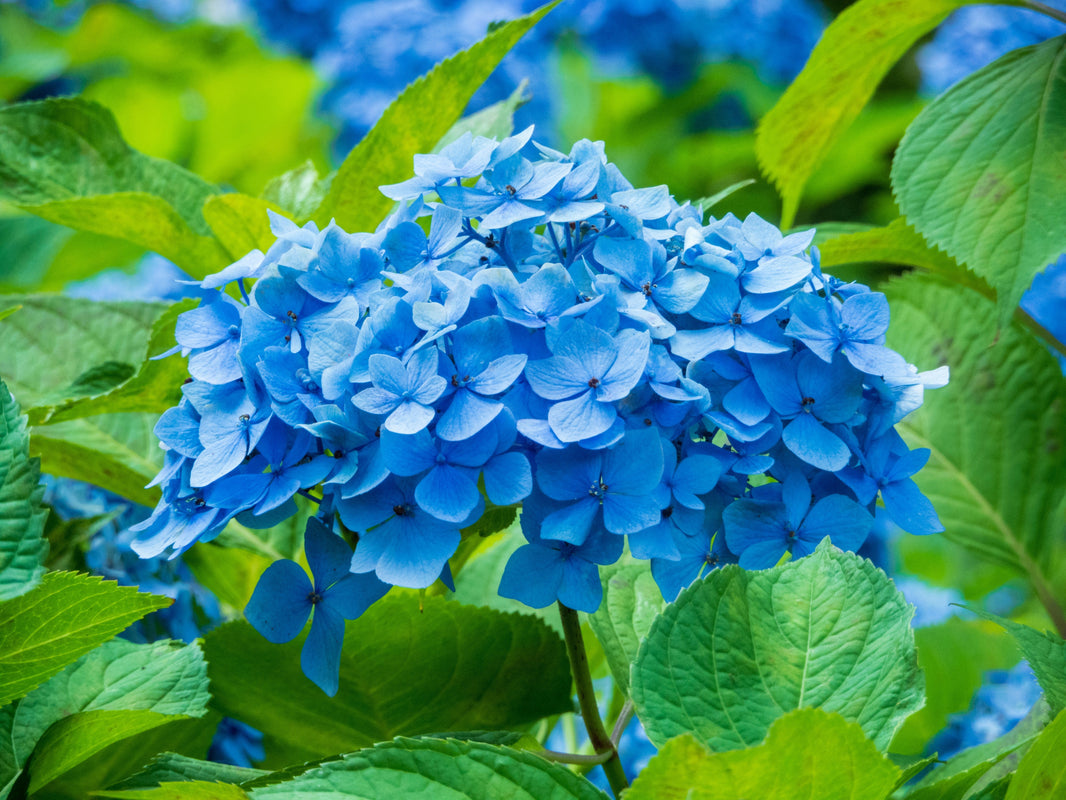Wedding flowers are one of the most beautiful—and sometimes one of the most costly—elements of wedding design. From bouquets and boutonnieres to ceremony arches and centerpieces, the cost of florals can add up quickly. That’s why many couples begin their planning process by asking: which flowers give me the most value?
Hydrangeas often come up in this conversation. Known for their big, fluffy blooms and romantic appearance, these flowers are a popular choice for weddings across all styles and seasons. But are they truly affordable, or do they just look that way?
On the surface, hydrangeas may seem like a more premium flower due to their impressive size and texture. But when you break it down by volume and coverage, hydrangeas can actually be a smart choice for budget-conscious couples who want to create impact without overspending.
What makes hydrangeas especially compelling is how far they stretch in arrangements. A single stem can often fill the same space as three to five smaller flowers. This makes them a top contender for couples looking to balance beauty with their floral budget.
Hydrangeas are also versatile and available in a wide range of colors—from pure whites and soft blues to bold purples and pinks. They’re available year-round, though prices may vary depending on the season, origin, and demand during peak wedding months.
Understanding hydrangeas wedding cost and when these flowers offer the best value is key to incorporating them into your celebration wisely. With thoughtful planning and seasonal strategy, hydrangeas can become one of the most cost-effective focal flowers on the market.
In this post, we’ll explore the affordability of hydrangeas for weddings, including cost comparisons, creative usage ideas, and sourcing options. We’ll also highlight how suppliers like WholesaleFlowers.net can help make your wedding both breathtaking and budget-smart.
Understanding Hydrangea Pricing Basics
Hydrangeas are typically priced by the stem, and their cost can vary depending on size, variety, origin, and time of year. On average, standard hydrangeas range between $2.50 to $6 per stem from wholesale suppliers, while premium or imported options may run higher.
Compared to flowers like peonies or garden roses, this makes hydrangeas significantly more affordable—especially when you consider how much space one bloom can fill. Their fullness can reduce the overall number of stems needed in any given arrangement.
One of the most cost-effective aspects of hydrangeas is their ability to act as both focal and filler flowers. In some designs, they take center stage; in others, they support more expensive blooms while keeping the arrangement lush and cohesive.
Hydrangeas come in different varieties, including mophead, panicle, and lacecap. Mophead hydrangeas, with their large rounded clusters, are the most common for weddings and offer the highest visual impact per stem.
Seasonal availability affects pricing. Spring and summer are peak blooming seasons, so hydrangeas are more abundant and often more affordable. During off-peak seasons, pricing may rise due to import costs and limited supply.
Floral color also plays a role in cost. Natural white and blue hydrangeas are more commonly grown, while unique colors like antique green or mauve may cost slightly more. Dyed hydrangeas are available but may add to the overall floral budget.
Freshness and stem condition also influence value. A high-quality hydrangea should have firm petals and hydrated stems. Working with trusted wholesalers ensures you’re getting fresh blooms that last longer and look vibrant on the big day.
DIY brides often find hydrangeas easier to work with because of their size and forgiving nature. Fewer stems are needed, which means fewer materials, less labor, and less stress—another layer of cost efficiency to consider.
While upfront pricing might seem higher than ultra-cheap fillers like baby’s breath, the overall math often favors hydrangeas for medium- to large-scale floral designs. They deliver visual impact per dollar in a way few flowers can match.
Comparing Hydrangeas to Other Popular Flowers
When considering the cost of wedding flowers, it’s helpful to compare hydrangeas with other commonly used blooms. Doing so can give you context for how hydrangeas stack up in terms of value, size, and overall budget impact.
Peonies, for instance, are a coveted flower in many wedding arrangements but come with a premium price. One peony can cost between $6–$12 per stem depending on season. While undeniably beautiful, they’re fragile, limited in availability, and require careful handling.
Roses are more affordable and versatile, with standard varieties costing $1–$3 per stem. However, they don’t have the same volume as a single hydrangea bloom, meaning you’ll often need more of them to achieve the same effect in larger arrangements.
Tulips and ranunculus are moderately priced options, with per-stem costs around $1.50 to $4. These blooms are excellent for spring weddings but offer much less coverage than hydrangeas, requiring additional stems and filler to complete the look.
Carnations and baby’s breath are among the cheapest flowers for weddings, with carnations averaging $0.50–$1.25 per stem. These work well in tight budgets but don’t always offer the high-end look that hydrangeas naturally deliver.
Orchids and calla lilies are premium flowers that can easily cost $4–$10 per stem or more. They’re elegant but best used sparingly or in combination with fuller flowers like hydrangeas to keep the cost under control.
Sunflowers and daisies are cheerful, low-cost options but tend to fit more casual or rustic wedding styles. Hydrangeas, by contrast, offer flexibility for both formal and informal settings.
In terms of volume, hydrangeas often win. With heads spanning 6 to 10 inches in diameter, their space-filling ability is unmatched by most other wedding flowers. This significantly reduces the number of total stems needed, especially for large-scale installations.
Whether you’re comparing based on per-stem cost or visual coverage, hydrangeas land in the sweet spot of beauty and value. They may not be the cheapest flower per stem, but they offer excellent efficiency for your overall floral budget.
When Hydrangeas Are Most Cost-Effective
Hydrangeas offer the best value when used strategically, and timing plays a huge role in their affordability. Understanding seasonal trends, supply patterns, and floral design goals can help you maximize their cost-effectiveness in your wedding plan.
Hydrangeas are most affordable during their natural blooming season—late spring through early fall. During this window, supply is higher, and wholesale prices often dip. Planning your wedding between May and September can yield significant floral savings if hydrangeas are on your list.
If you’re sourcing hydrangeas wedding cost quotes during winter months, expect a price increase due to the need for greenhouse-grown or imported blooms. While they’re still available year-round, availability in colder months affects cost, especially for specific varieties or colors.
Local sourcing can increase affordability. If you’re working with a florist or vendor who has access to regional growers, you’re likely to receive fresher stems at lower prices. Some couples even consider growing their own hydrangeas for backyard or DIY weddings planned far in advance.
Hydrangeas are ideal for bulk arrangements and large-scale floral installations. Their size and texture make them perfect for arch décor, hanging arrangements, or oversized centerpieces—areas that typically require high flower volume. Using hydrangeas here allows you to reduce the need for more stems overall.
In contrast, using hydrangeas in small, detailed work like boutonnieres or corsages is less cost-effective. Their large heads are too bulky for delicate pieces and often need to be broken down, which can lead to waste. Use them where their size shines, not where it limits.
Couples planning floral reuse between ceremony and reception setups will also find hydrangeas valuable. Ceremony florals can be moved to the reception area, and their sturdy stems and long vase life make them ideal for this kind of logistical transition.
Hydrangeas shine in monochromatic or minimalist color palettes. Their natural fullness means you can create visual impact with fewer stems and simpler compositions, allowing you to reduce accessory costs like foam, wire, and additional filler.
Lastly, hydrangeas become even more affordable when purchased through wholesale sources, where per-stem prices drop in bulk. Planning ahead and ordering with quantity in mind lets you take full advantage of their economical nature.
By aligning your wedding date, design goals, and sourcing strategy, hydrangeas prove to be a smart and stylish way to keep your floral budget in check without sacrificing elegance.
Creating Full Bouquets with Fewer Stems
One of the best ways hydrangeas help manage wedding flower costs is by making it easier to create full, show-stopping bouquets with fewer stems. This efficiency translates into big savings across your entire floral budget.
Because hydrangeas are so voluminous, even one or two stems can act as the base of a medium-sized bridal bouquet. Their layered petals and large head size create instant fullness, reducing the need for additional flowers or costly accents.
A classic round bridal bouquet can be made with just 3–5 hydrangea stems, especially when combined with smaller accent flowers like spray roses or lisianthus. This simplifies the arrangement process and reduces the materials needed—vases, foam, and binding supplies.
For bridesmaids’ bouquets, using 1–2 hydrangeas per bouquet paired with greenery or minimal filler flowers is both cost-effective and elegant. The consistency in color and shape gives these bouquets a polished and coordinated look.
When used in cascading or organic-style bouquets, hydrangeas serve as a visual anchor. Their generous blooms create balance and texture, allowing trailing greenery and small flowers to play supporting roles without overloading the bouquet or the budget.
Hydrangeas also reduce design time. For DIY couples or small floral teams, creating large, lush bouquets with a handful of stems streamlines the process and makes wedding prep more efficient. This matters especially in destination or home wedding settings.
Ribbon wrapping and bouquet finishing are simpler, too. Because hydrangea stems are thick and relatively few in number, binding them is faster and often requires less reinforcement. This reduces time and material costs without sacrificing bouquet stability.
In terms of photos, hydrangea bouquets photograph beautifully. Their rounded shape and soft texture create lovely contrast with wedding dresses, and their fullness ensures they always look lush from every angle.
Couples can also dry their hydrangea bouquets after the wedding. The petals retain color and structure fairly well, making these flowers suitable for keepsakes and framed wedding mementos.
For couples prioritizing beautiful bridal florals without going overboard, hydrangeas offer an excellent return on investment. With just a few stems, you get high-impact, photo-ready bouquets that look expensive—but aren’t.
Hydrangeas in Centerpieces and Table Décor
Hydrangeas are an excellent choice for wedding centerpieces because of their size, texture, and ability to fill space beautifully. When you’re planning florals for 10, 15, or even 20 tables, the cost of centerpieces can skyrocket quickly—unless you choose a bloom like hydrangeas that delivers a lot of impact per stem.
One to three hydrangea stems can fill an average-sized vase and create a full, lush arrangement. When paired with candles, greenery, or a few accent flowers, the look is elegant and complete—without needing a dozen different stems to get the job done.
Hydrangeas shine in both low and tall centerpieces. Their shape lends itself to rounded, dome-style arrangements that suit round tables. In tall vases or elevated stands, they create a cascading cloud-like effect that’s especially photogenic.
They also blend well with other budget-friendly elements like baby’s breath, eucalyptus, ruscus, or ferns. A single hydrangea stem supported by textured greens makes a minimal but impactful centerpiece that’s easy to replicate across tables.
For long banquet or farm-style tables, hydrangeas can be placed at intervals down the table runner or inserted into a garland for added color and volume. This approach helps stretch your flower order across multiple tablescapes.
Hydrangeas also work beautifully in mixed floral centerpieces. Their soft petals contrast nicely with structured blooms like snapdragons or calla lilies, and their fullness helps reduce the number of total flowers needed.
In outdoor receptions, hydrangeas hold up well and can withstand heat better than more delicate blooms like tulips or sweet peas. Their durability means you won’t have to worry about centerpieces wilting before the party ends.
Because of their round shape, hydrangeas create symmetry and visual harmony on the table. This makes it easier to achieve a cohesive look across the reception space, especially in DIY settings where you may not have a florist on-site.
Hydrangea centerpieces also allow for flexibility. Whether you’re going for classic, boho, rustic, or romantic aesthetics, hydrangeas can be styled to suit the theme—making them a true chameleon in wedding floral design.
From head tables and guest tables to cocktail tables and dessert displays, hydrangeas help couples stay within budget while still delivering stunning floral visuals that wow guests and photographers alike.
Using Fewer Hydrangeas in Large Installations
For couples dreaming of dramatic floral installations—arches, backdrops, or hanging chandeliers—hydrangeas are a strategic way to achieve grandeur without the premium price. Their size and structure make them ideal for these large-scale arrangements.
Because hydrangeas are so voluminous, they can be spaced strategically in an installation without looking sparse. When interspersed with greenery or filler flowers, each hydrangea bloom creates a visual focal point that adds depth and movement.
For wedding arches, placing hydrangeas in clusters at key points—such as the top corners or midpoint—creates a balanced design without needing to cover the entire frame in flowers. Fewer blooms go a long way in these statement pieces.
When designing hanging arrangements or ceiling installs, weight matters. Hydrangeas are relatively lightweight compared to water-heavy flowers like peonies, making them easier to suspend safely with fewer structural supports.
Hydrangeas are also ideal for framing signage, welcome tables, escort card displays, or guestbook stations. A few stems tucked into corners or framing an acrylic sign create instant elegance and cohesion.
Ceremony pedestals or altar urns are another space where hydrangeas thrive. Using just five to ten stems in a large container provides enough visual volume to command attention and frame the ceremony setting without requiring dozens of other stems.
Couples hosting weddings in large spaces like barns, ballrooms, or outdoor pavilions often feel the need to scale up their décor. Hydrangeas offer a way to meet that visual challenge without scaling up the budget at the same rate.
Reusing ceremony hydrangeas at the reception is an additional money-saving strategy. Move arch arrangements to the head table or place aisle markers on guest tables. With their durability and size, hydrangeas transition well and require minimal fuss.
For couples working with a florist, requesting designs that rely on hydrangeas as base blooms ensures a more cost-efficient plan. The florist can then enhance with specialty stems while still staying within budget parameters.
From staircases and balconies to fountains and garden pergolas, large installations benefit immensely from the textural magic and affordability of hydrangeas. Their contribution to volume and beauty is unmatched among similarly priced blooms.
Pairing Hydrangeas with Cheap Flowers for Maximum Value
To truly optimize your floral budget, pairing hydrangeas with other affordable flowers can help you stretch your dollars even further. This allows for lush, layered arrangements that balance texture, color, and cost.
Baby’s breath is one of the best pairings for hydrangeas. Its delicate texture contrasts beautifully with hydrangeas’ full blooms. A few sprigs tucked into hydrangea bouquets or centerpieces add softness and volume at a very low cost.
Carnations are another great companion flower. Available in nearly every color, carnations echo the rounded structure of hydrangeas and can be used as filler or border flowers to help stretch arrangements without visual overload.
Chrysanthemums and alstroemeria also blend well with hydrangeas. These flowers add dimension and keep arrangements interesting while staying within a tight budget. Their longer stems and variety of shapes bring movement to any floral piece.
Greenery plays a big role, too. Foliage like eucalyptus, leatherleaf fern, or ruscus helps fill in gaps and frame hydrangeas, making arrangements appear more lavish than they actually are. Greenery is also typically very budget-friendly.
For centerpieces, a hydrangea or two paired with these economical flowers and foliage can create a showstopper design that looks like it came from a high-end florist. The key is thoughtful spacing and color coordination.
Bridal bouquets also benefit from this strategy. A base of hydrangeas supported by one or two premium blooms—like a garden rose—plus filler and greens can deliver a designer look at a fraction of the cost.
These pairings are also ideal for DIY arrangements. Hydrangeas are forgiving and easy to handle, and when combined with low-maintenance companions, they reduce the need for complex design mechanics or tools.
By using this approach across all your floral elements—from bouquets and boutonnieres to arches and signage—you maintain consistency in both aesthetic and budget control. This is a cornerstone of smart wedding planning.
When used wisely with other cheap flowers, hydrangeas help you balance beauty and expense while achieving a cohesive, romantic floral vision that delights your guests and honors your budget.
The Role of Seasonality in Hydrangea Affordability
Understanding when hydrangeas are most abundant—and therefore most affordable—can have a major impact on your floral spending. Like most flowers, hydrangeas follow a seasonal bloom cycle that affects price and availability throughout the year.
Hydrangeas are at their peak between May and September in most regions, which is also the most popular time for weddings. During this window, they are easier to find, more widely grown domestically, and therefore less expensive to source.
In spring and summer, local farms and wholesale providers often offer hydrangeas at reduced rates due to higher supply. You’ll find a broader range of colors and varieties too, giving you more options to match your wedding theme.
Fall weddings can also benefit from affordable hydrangeas—especially early fall. Some hydrangea varieties, like “antique” or “vintage” hydrangeas, bloom late in the season and offer unique hues like dusky pink, sage green, and bronze. These seasonal tones pair beautifully with autumn palettes.
During winter months, hydrangeas must be imported from warmer climates or grown in greenhouses. This additional cost is reflected in pricing, which means couples planning winter weddings may see higher per-stem prices.
If hydrangeas are central to your floral vision and you’re planning a winter wedding, you might consider reducing your order size or supplementing with more cost-effective blooms like carnations or mums during the colder months.
Working with your florist or wholesaler to schedule your order early can also lock in better pricing. By ordering in bulk or securing a date in advance, you may receive a discounted rate even during high-demand months.
Understanding your venue’s climate is also helpful. Some regions may experience longer bloom periods, which could make it possible to source hydrangeas locally even outside the standard season. Always ask vendors about regional availability.
Being aware of seasonal trends empowers you to plan around them. By aligning your wedding date with hydrangea season, you’ll get the best product at the best price—making these lush blooms a valuable part of your floral budget strategy.
Hydrangeas are a floral powerhouse in the wedding world—elegant, versatile, and surprisingly cost-effective when used thoughtfully. While not the cheapest flower per stem, their massive blooms offer tremendous coverage and visual impact, allowing couples to do more with less. That makes them a strong contender for any couple trying to balance beauty with budget.
By understanding hydrangeas wedding cost and when they are most affordable, couples can maximize their floral investment without compromising on style. Whether used in bouquets, centerpieces, or grand installations, hydrangeas consistently deliver volume, softness, and timeless charm.
When paired with cheap flowers like baby’s breath, carnations, or mums, hydrangeas become even more effective in stretching your floral dollars. Their ability to complement a wide range of blooms and themes makes them one of the most flexible flowers available.
Seasonality also plays a big role. Planning your wedding during hydrangeas’ peak months—or sourcing from trusted wholesalers—can make all the difference in achieving a lush look at an accessible price. These strategies let you enjoy premium style without a premium price tag.
One of the best ways to source wholesale hydrangeas affordably and reliably is by using suppliers like WholesaleFlowers.net. They provide high-quality blooms in a wide range of colors and varieties—perfect for both DIY weddings and professional floral teams.
If you’re ready to explore affordable hydrangeas for your big day, click here to view their full collection. Their pricing, selection, and customer support make floral planning simple and cost-conscious.
With the right approach, hydrangeas can transform your wedding from ordinary to extraordinary. They allow you to build large, luxurious floral arrangements that impress guests and elevate the overall experience—all while staying within budget. Hydrangeas truly are the perfect marriage of elegance and economy.


